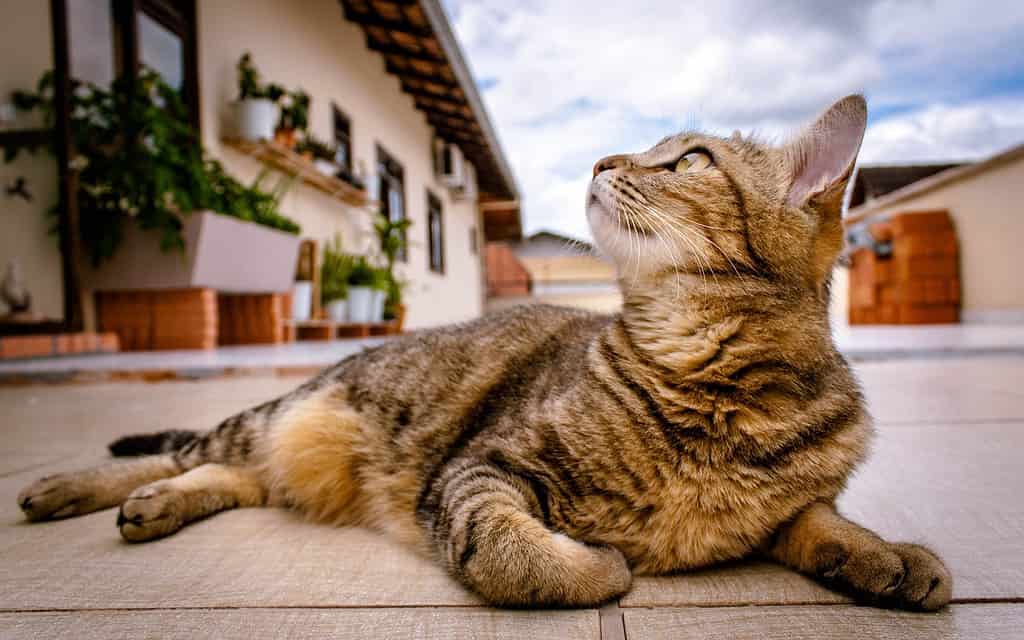
Cats are known for being aloof, independent, moody, and quite whimsical. But just because they aren’t nearly as eager to please as dogs are, that doesn’t make them unresponsive.
However, there are better ways to improve your odds of actually connecting to a friendly feline, just like there are better ways of addressing people. Cue the French scientists who just published a new study describing the most effective way to call an unfamiliar cat and not be hit with “seen”.
Beckoning cats with voice and gestures
The team of researchers at the Paris Nanterre University’s Laboratory of Compared Ethology and Cognition analyzed the behavior of 12 lovely felines living at a local cat café.
Charlotte de Mouzon, study lead author and all-around cat person, first made sure the furry subjects were comfortable in her presence. Once the cats were accustomed to the researcher, each participant cat was placed inside a room, one by one, where de Mouzon interacted with the cats in four different scenarios:
- Calling out to the cat just using her voice. Of note here is that French people call cats using a “pff pff” sound pronounced in a kissy tone, rather than the “pspsps” call English speakers typically employ.
- Gesturing toward the cat but with no sound
- Both vocalizing and gesturing toward the cat
- Just sitting idle with no vocal or gesture stimuli. This last condition acted as the study control which would serve as the baseline of comparison for the effects of the former three scenarios.
As it turns out, the French scientist was most often approached when she simultaneously gestured and voiced toward the felines. That was rather expected, but what surprised everyone was that the cats responded faster during the visual cue-only trial versus the audio cue scenario.
Previously, de Mouzon published research showing that house cats can easily distinguish the voice of their owners from the voice of a stranger. Furthermore, house cats are even more responsive when their owners address them in a familiar, “baby talk” tone.
The fact that unfamiliar cats respond better to visual cues was thus particularly unexpected, especially considering that it is widely believed that cats are not nearly as good as dogs at following gestures. However, it may be that cats respond very differently to strangers than to their familiar owners.
“It shows that it’s not the same thing. It’s not the same for a cat to communicate with their owner as it is to communicate with an unfamiliar human,” de Mouzon told Gizmodo.
“It’s nice to have the results that you expect. But sometimes it’s also nice to have results that you don’t expect, because it makes you think and form new hypotheses that try to get at what’s really going on.”
Look for the tail wag for clues if you’re doing well
Another interesting and unexpected result was that the cats wagged their tails more often during the vocal cue scenario and the most during the control scenario when the felines were ignored.
Dogs typically wag their tails when they’re positively excited and happy (especially if the tail wag is to the right). But for cats, this is the opposite as they typically wag their tails when they’re stressed and uncomfortable.
This behavior may also be limited to interactions between cats and strangers. Just like people, cats may feel anxious around humans when they can’t easily read their intentions. A stranger reaching out for pets is easy to read, but a human that is just shunning the cat is unpredictable and perhaps a bit scary.
Although intriguing, this study may have raised more questions about feline communication than it answers. This is why the team plans on performing a new round of trials using the same visual and auditory cues, this time involving owners and their familiar cats.
The findings appeared in the journal Animals.






